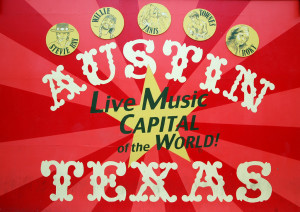 Now that I’ve finished my honors thesis (which oddly enough revolved around music and brand experience) I don’t get quite as freaked out as I used to when I open spreadsheets. However, I do think analyzing data is one of those things that you just have to get “in the zone” for and if you’re out of “the zone” too long you’ll get rusty. As long as communicators keep their analysis wheels tuned, cranking out interpretations and beautiful visualizations will only get better, so bring on the data!
Now that I’ve finished my honors thesis (which oddly enough revolved around music and brand experience) I don’t get quite as freaked out as I used to when I open spreadsheets. However, I do think analyzing data is one of those things that you just have to get “in the zone” for and if you’re out of “the zone” too long you’ll get rusty. As long as communicators keep their analysis wheels tuned, cranking out interpretations and beautiful visualizations will only get better, so bring on the data!
I agree with the handbook’s point of needing community engagement. Good data is meant to clarify complex stories for readers, and the fact the community is involved holds journalists to a high moral standard of consistently quality journalism. I do want to address the less talked-about point that one chart type does not fit all. In the handbook, the authors talk about how we consider ink on paper as a “second class citizen” when in fact it’s not. If anything, it comes down to audience preference when we present data. Some people would argue that certain kinds of data, like crime rates, have no business being presented in bright and colorful bubbles, and maybe there’s some truth to that, given the mood of the topic. However, there are so many ways to present data now, with different colors, fonts, shapes and so on that a journalist becoming a graphic designer for a few hours to finish their story is not so unlikely.
I found this interesting chart that shows data for the number of spins and stations (among other things) for Texas music. I need to investigate it further to see how much Austin-based music is included.